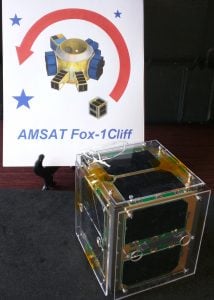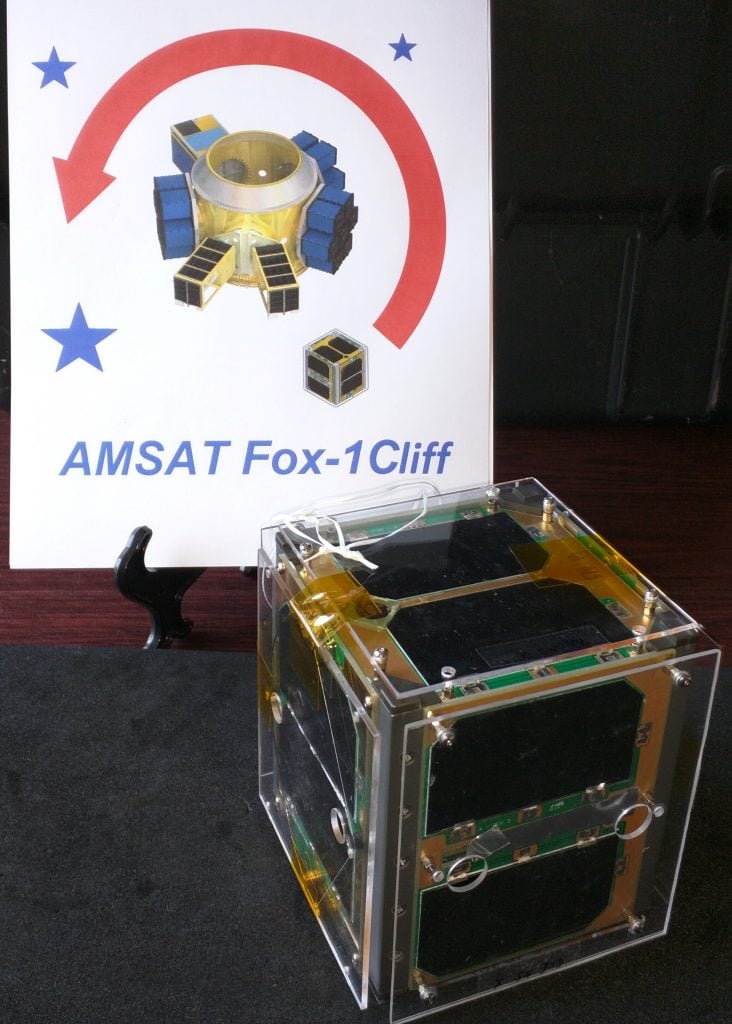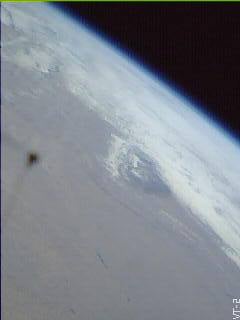
AMSAT President and ARRL Life Member Joe Spier, K6WAO, has been awarded the Russian E.T. Krenkel Medal, a prestigious award granted to individuals and organizations for outstanding global contributions to Amateur Radio.
Joe Spier, K6WAO is a long time supporter of Amateur Radio in Space and international cooperation. K6WAO is the President of the Radio Amateur Satellite Corporation (AMSAT). He has also served AMSAT as Executive Vice President, and Vice President, Educational Relations.
He is a long term supporter of Amateur Radio on the International Space Station (ARISS) and scientific, technical, engineering, and mathematics education. Spier is an AMSAT Life Member. He also is a Life Member of American Radio Relay League (ARRL) and the Society of Amateur Radio Astronomers (SARA).
The award’s namesake, Ernst Teodorovich Krenkel, was a radio amateur who, over the years, used the call signs RAEM, U3AA, and UA3AA. Born in Poland, Krenkel was an Arctic explorer who took part in the first Soviet “drifting station,” North Pole-1. He was made a “Hero of the Soviet Union” in 1938 for his exploits.
Krenkel’s son, T.E. Krenkel, is among the four signatories to the award certificate. The younger Krenkel, a professor at the Moscow Technical College of Telecommunication and Informatics, said his father was an avid radio amateur who served as the first chairman of the Central Radio Club in the USSR.
Krenkel’s image appears on postage stamps from the USSR and Russia, and he authored a biography entitled My Callsign is RAEM. In the era when all radio amateurs received QSL cards via Box 88, Moscow, Krenkel was allowed to have his own postal address on his QSLs and was issued the non-standard RAEM call sign.
Information about the Krenkel Medal can be found at: http://krenkelmedal.org/index.
[ANS thanks the Russian National Academy of Researches and Discoveries for the above information]




